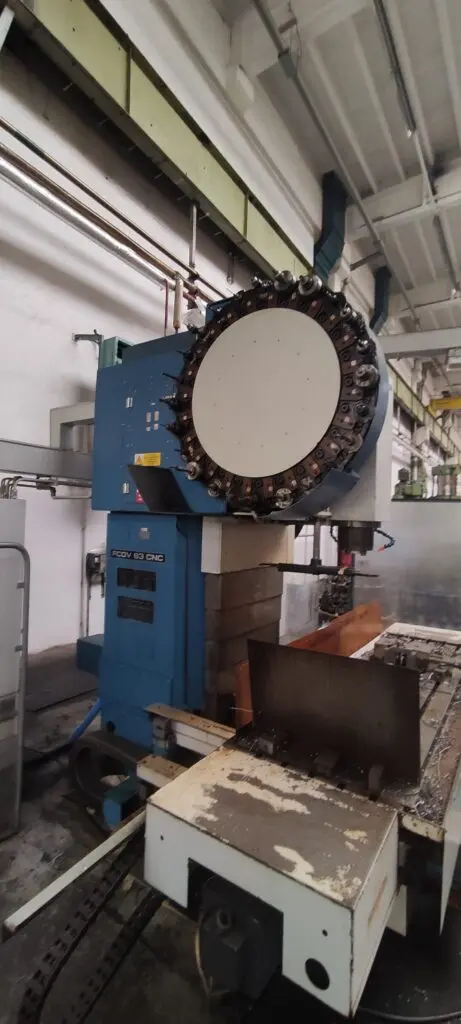The Science and Craft of Metal Hardening

Metal hardening, also known as quenching, is a critical process in metallurgy that increases the hardness and strength of a metal. This process is essential in creating durable tools, machinery parts, and other metal objects that can withstand wear and tear. Let’s delve into the fascinating process of metal hardening.
Understanding Metal Hardening
Metal hardening involves heating a metal to a specific temperature, then rapidly cooling it. This rapid cooling, or quenching, changes the metal’s crystal structure, making it harder and more durable. The exact temperature and cooling rate depend on the type of metal and the desired properties.
The Role of Heat
Heating is the first step in the hardening process. The metal is heated to a temperature that allows for a phase transformation in its crystal structure. For steel, this is typically around 800-900°C, but it can vary depending on the specific alloy.
Quenching: The Heart of Hardening
After heating, the metal is quickly cooled or quenched. This rapid cooling locks the metal’s atoms in a highly stressed state, resulting in a harder and stronger material. The quenching medium can be water, oil, or air, each providing different cooling rates and resulting in different hardness levels.
Tempering: Balancing Hardness and Toughness
Hardened metals are often brittle, so a process called tempering is used to increase toughness. This involves reheating the metal to a lower temperature, which allows some of the internal stresses to relax and increases the metal’s ductility.
The Art and Science of Metal Hardening
Metal hardening is both a science and a craft. It requires a deep understanding of metallurgy and precise control over the heating and cooling processes. But it also involves a level of craftsmanship, as experienced metalworkers can adjust the process based on the look and feel of the metal.
The Future of Metal Hardening
As our understanding of materials science advances, so too does the process of metal hardening. New techniques and technologies are continually being developed, allowing for greater control over the hardening process and the ability to achieve specific properties in the hardened metal.
In conclusion, metal hardening is a fascinating process that combines science, technology, and craftsmanship. It’s a crucial part of metallurgy, enabling us to create metal objects that are strong, durable, and fit for purpose. Whether you’re a professional in the field or simply interested in the science behind everyday objects, there’s always something to learn in the world of metal hardening.








You must be logged in to post a comment.